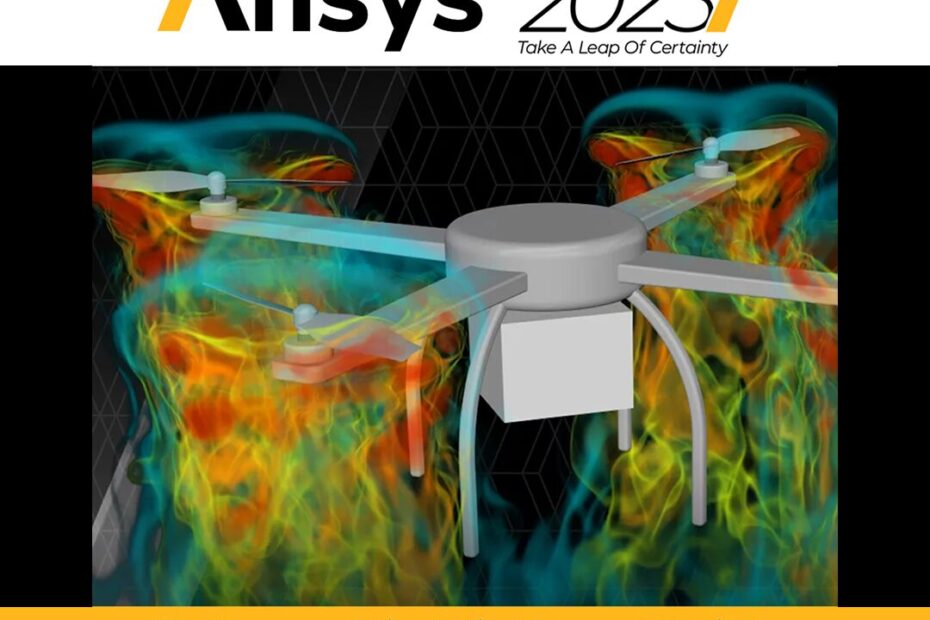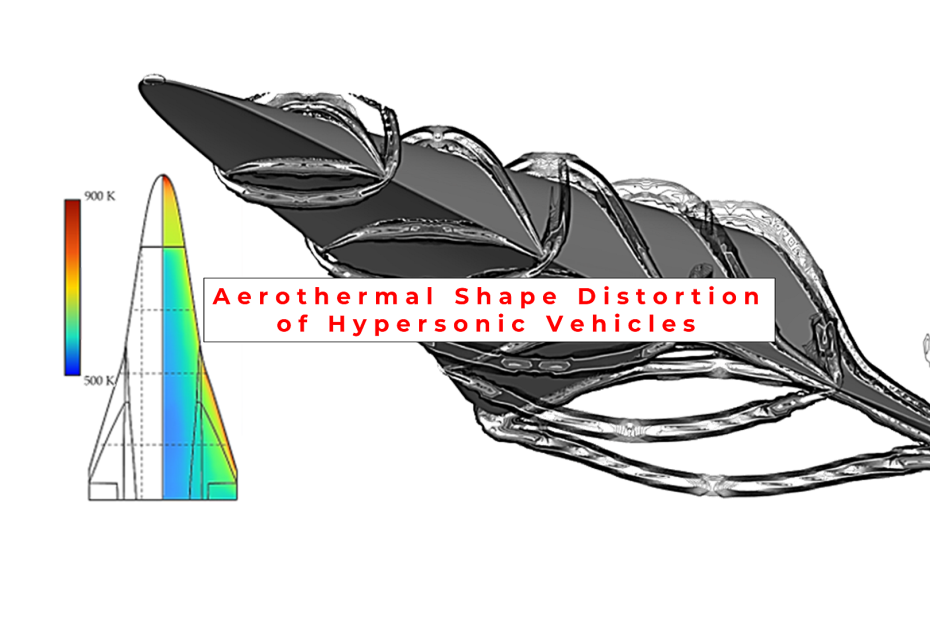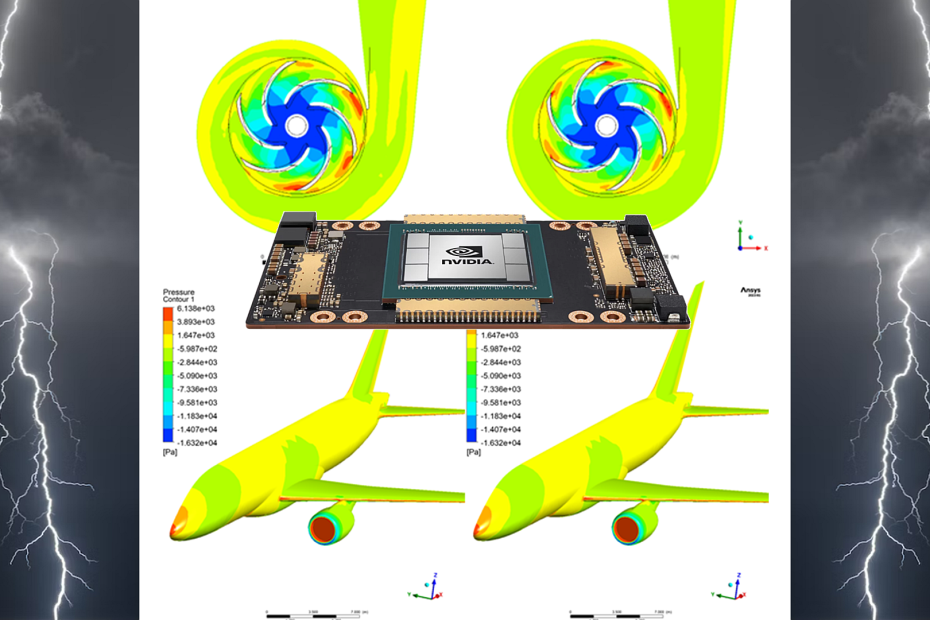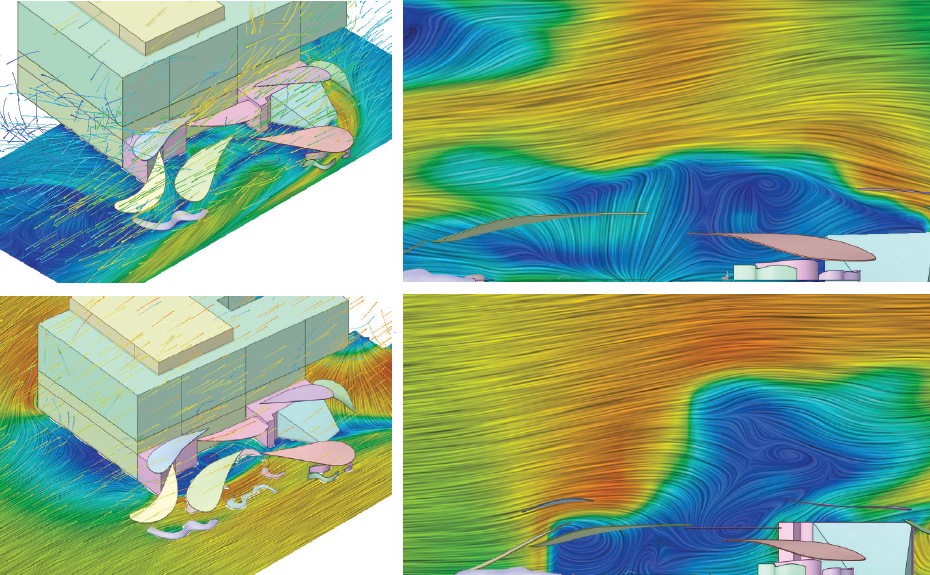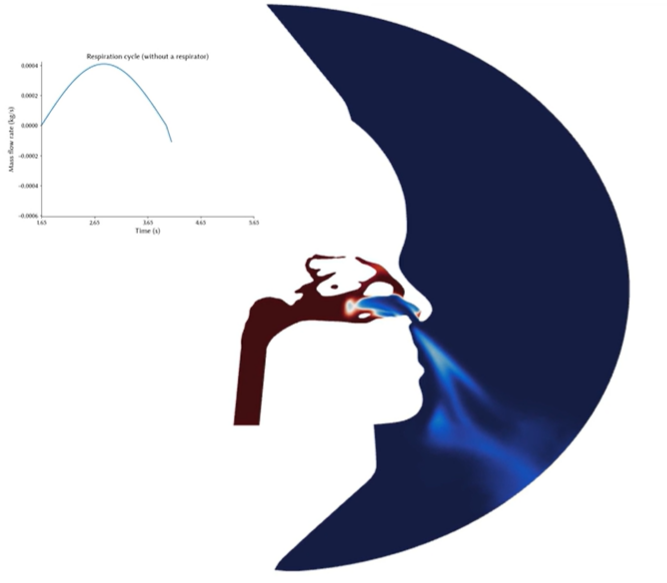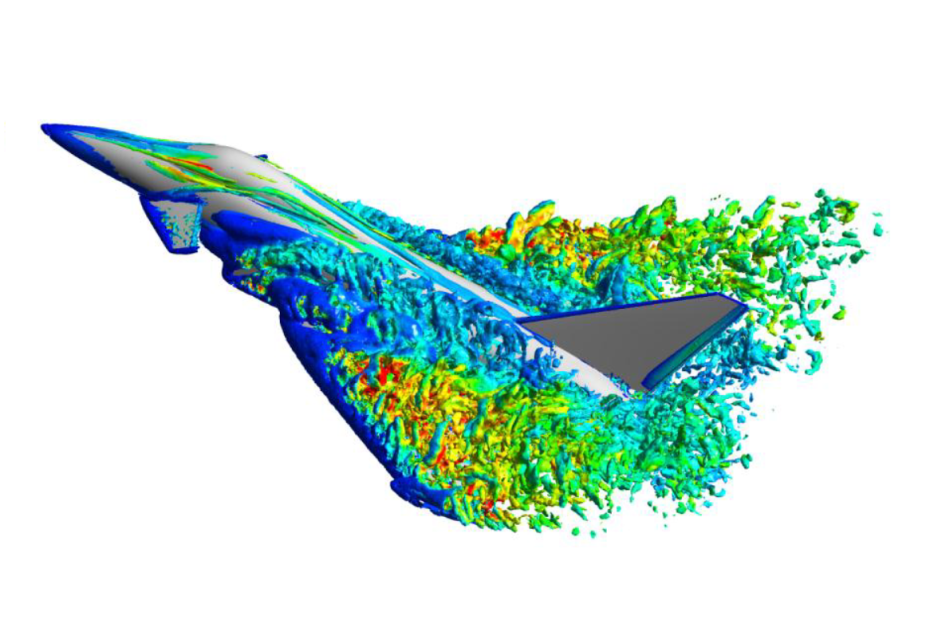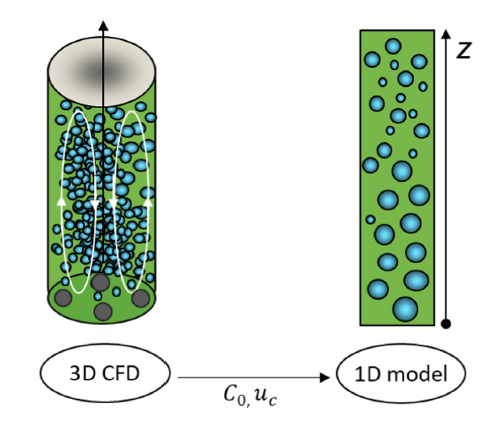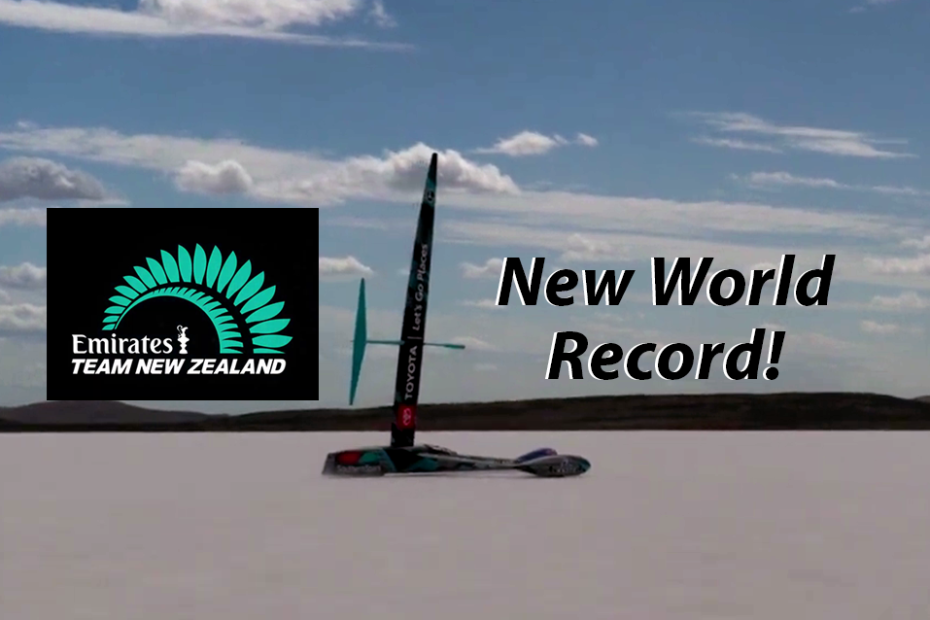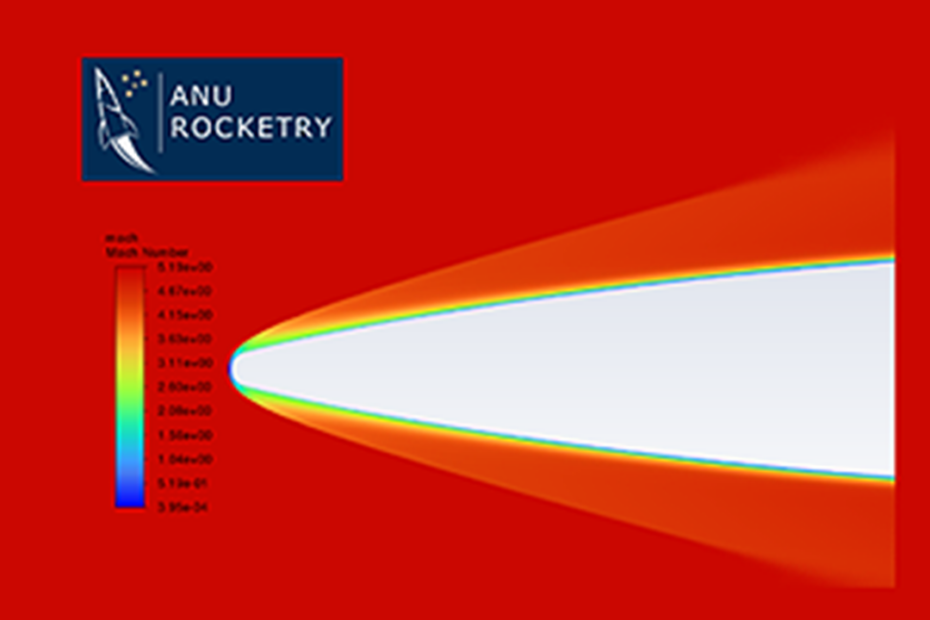How to approach hardware selection in 2024 for Ansys CFD solvers (all budgets considered – from laptops to clusters!)
Note: This was written in December 2023, but this is an ever-changing space, so please contact your local LEAP support engineers if you would like… Read More »How to approach hardware selection in 2024 for Ansys CFD solvers (all budgets considered – from laptops to clusters!)


